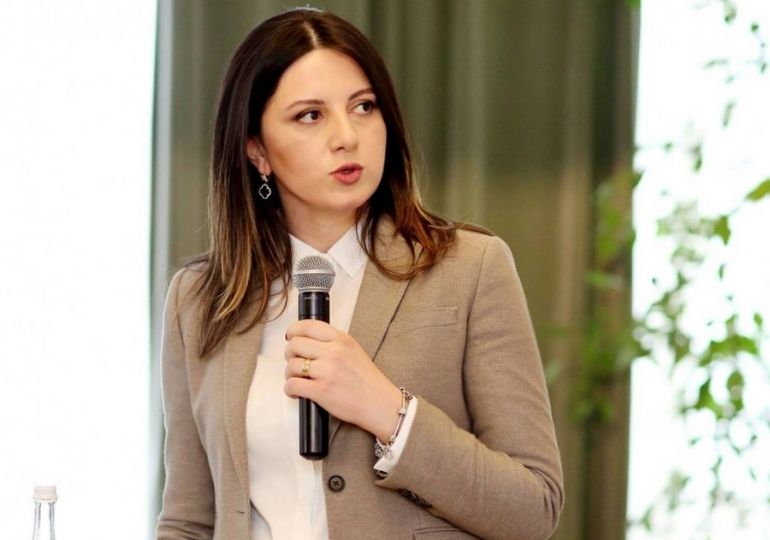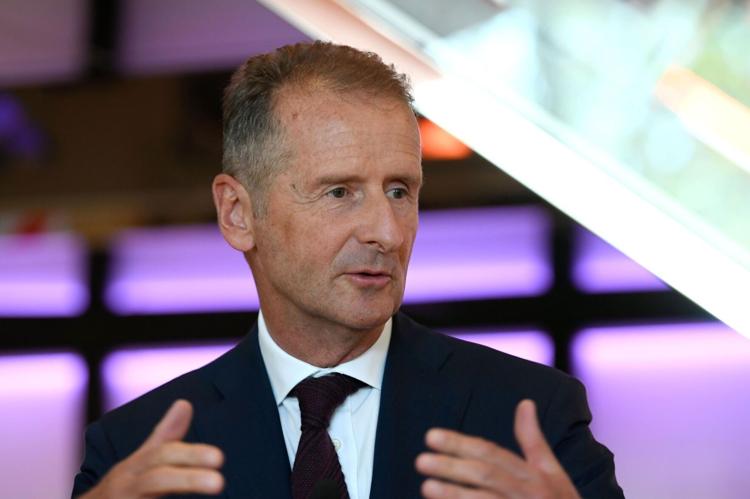The COVID-19 crisis has affected the business sector worldwide. The PC industry bucked the trend and was one of the few sectors that experienced a growth in demand in 2020. This was noted by Acer, one of the leading companies in the industry, who found opportunities in the pandemic. What trends did they see in the global consumer market? Vice President of Acer Group Grigory Nizovsky and Managing Director of Caucasus, Central Asia, and Turkey Mikhail Konstantinov talked to Forbes Georgia.
[MAINPICTURE]
How does Acer assess the challenges of the pandemic? Also, what opportunities did 2020 give your brand?
Grigory Nizovsky: Working or studying remotely, gaming, and any other types of online entertainment were key drivers throughout the whole year worldwide. However, the market varies according to different countries and regions. Demand for mobile PCs in Western Europe showed a growth of 30%, Eastern Europe was in the range of 40%. There was similar growth in North America; Africa, Asia Pacific, Central Asia are different – their markets are flat or even declining.
For us, the biggest challenge of 2020 was supplying the market. First, at the beginning of the year, supply was disrupted by the closing of assembly factories in China. This issue has been resolved but the challenge the industry is facing now is a component shortage. The PC market worldwide has been declining over the past eight years with a forecast to continue declining. The production capacity of key components was fine-tuned to the falling demand, so when the demand trend reversed, the industry faced capacity issues. Other important resources such as commercial insurance and shipment capacity from the East to the West were also scarce. Another important thing worth mentioning is the change in the confidence of the industry.
Overall, despite all the obstacles faced in 2020, this year gave us time, opportunity, and resources to think more about midterm development and growth, while maintaining supply and shipments were key challenges.
As a result of the global economic crisis, the consumer’s purchasing power has decreased not only in Georgia but also in most countries. How does Acer deal with this challenge?
Grigory Nizovsky: Not only did the purchasing power go down, but also the price of PCs in local currencies in many of our sub-region countries went up significantly. This year, PCs, and particularly notebooks, went through the biggest transformation since 2012, when smartphones replaced them and became the new “trendy gadgets”. In 2020, PCs acquired new meaning again. It became clear to consumers that with the new pace of life, smartphones cannot serve as the only window into the digital world. Nowadays, we are seeing a transition from one PC per household to one PC per family member, and businesses investing heavily in mobile workplaces and cloud infrastructure. With that being said, notebooks came back in fashion, and accordingly, the demand that does not depend on price, increased.
Every year, Acer supplies notebooks to thousands of first-graders in Georgia. What does this project mean to you?
Grigory Nizovsky: The notebooks are specifically developed for educational needs. In addition, our modern light notebooks have extra reliability features for children, such as resistance to water and to free fall from the height of a school desk. This is a public project and public tender with quite a straightforward structure – the deal does not make much commercial sense for the supplier and serves only educational purposes. I am not exaggerating when I say that for me and many other Acer employees involved in it, the project carries an important message. It gives us the feeling of the embodiment of our mission: “Breaking the barriers between people and technology”, which was formulated more than forty years ago and has been reiterated during numerous corporate events ever since. I am proud to say that with all the challenges that the industry faced with component supply in 2020, all notebooks for first graders were delivered to Georgia on time.
You are the Managing Director of Acer in the South Caucasus and Central Asia. What are the similarities and differences between the countries in these regions in terms of the computer technology market?
Mikhail Konstantinov: The region includes several countries with different economic potential and different social standards; of course, in some respects, differences are significant between country markets, for instance, stable tax and customs rules, or exchange rate volatility. As a result, IT product demand is appropriate to each country’s economy and development. Other important drivers are the mindset and consumption culture differences: For example, in Caucasian republics and Central Asian countries, it is crucial for the customer to see and touch the product in-store. During the pandemic, our partners and we stepped in to be flexible in our method of communicating with our clients. In countries like Georgia, Kazakhstan, Kyrgyzstan, and Turkey where online shopping is past the development stage, the e-tail system worked out easier than the rest of the other countries in the South Caucasus and Central Asia.
Which of these countries is the most active? Which market has the largest share?
Mikhail Konstantinov: If we talk about market share, Georgia, Kazakhstan, and Azerbaijan are the most remarkable countries, not only on a consumer level but also on commercial and tender projects as well.
The paradigm change has become similar for almost all countries in the region: a laptop has become a prime necessity. Because of the high demand and need for this product, in some countries, for example, Kazakhstan, banks have been actively lending to the population, helping them to purchase a laptop for study or work. In parallel, Kazakhstani, Georgian, and Azerbaijani government budgets were redirected to a massive increase in education digitalization. Throughout the whole year, in the region, we were actively working with education sectors and attended all the main tenders delivering products for both students and teachers.
What are the specific trends in Georgia in recent years in terms of sales growth?
Mikhail Konstantinov: In Georgia, our consumers are quite educated in IT products, and therefore, differentiate between products according to their needs. In recent years in the consumer market, ultra-books have become the leader in sales, which proved their indispensability and effectiveness in comparison with a smartphone or tablet. While the commercial sector also has shown a shift from classic desktop to notebooks and a huge increase of accessory sales, such as headphones, web cameras, keyboards, monitors, and desk chairs. In addition, the commodity bundle such as education and gaming product lines has skyrocketed.












